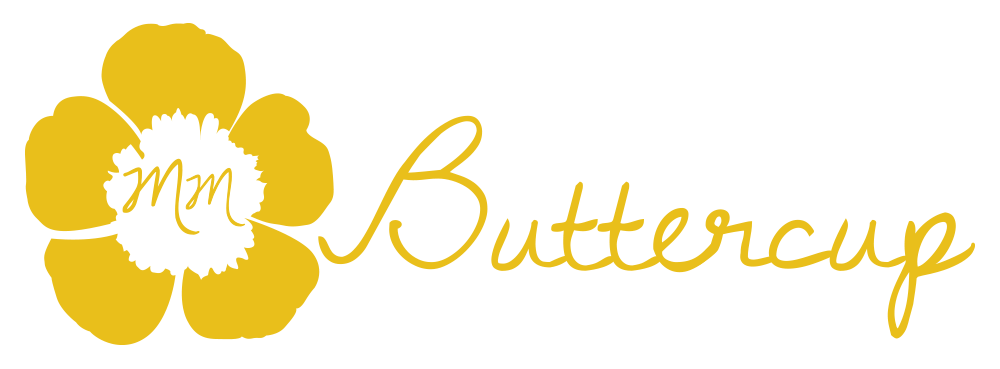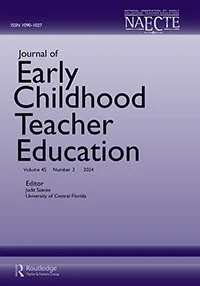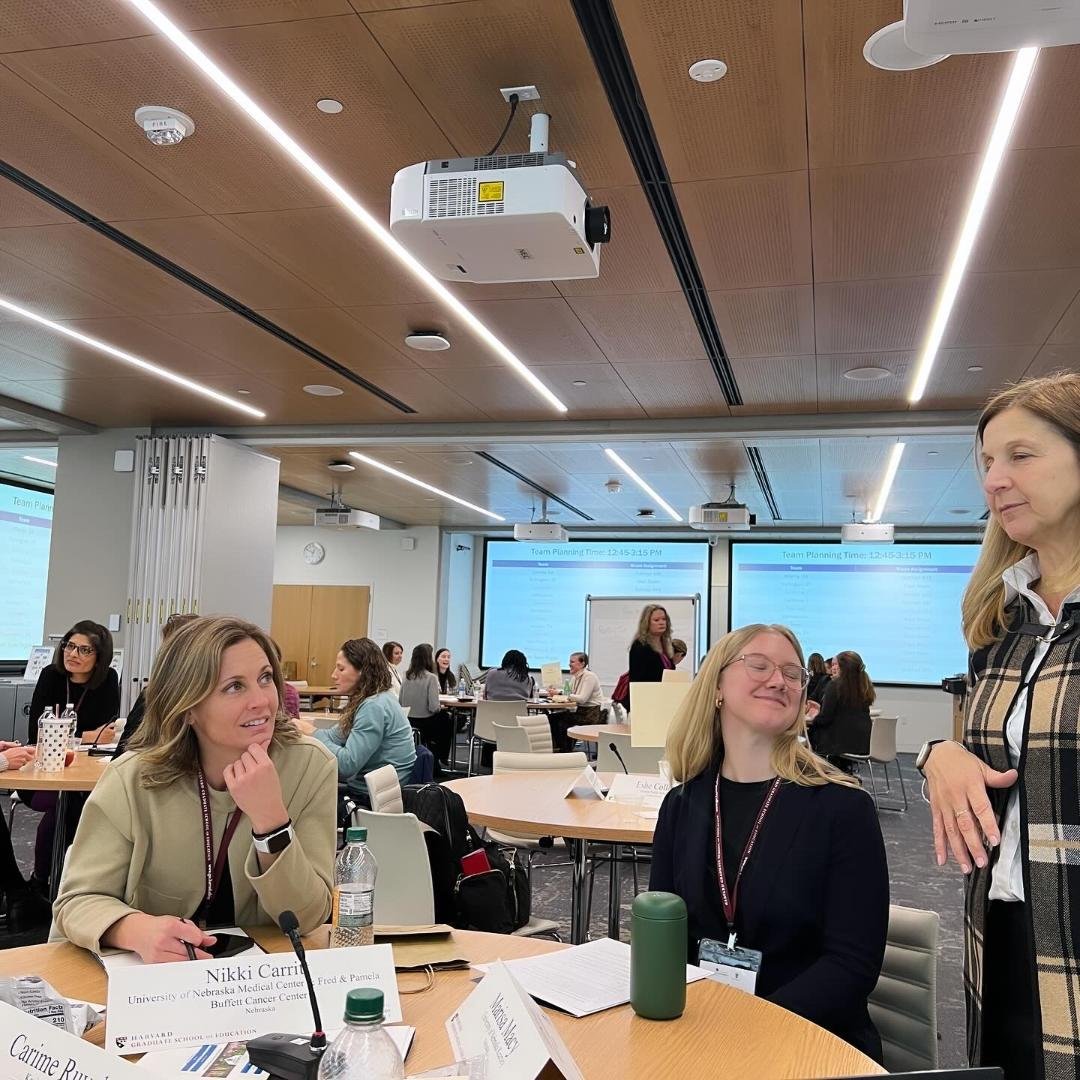Some of my favorite conversations happen in the Kiss-and-Go Lane. My little one and I have some of the best talks in the car on our way to and from school. Arrivals, departures, and waiting in the Kiss-and-Go Lane are routines during the day when we share with each other. Some might call it “small talk.” Personally, there doesn’t seem to me anything “small” about connecting with another human over talk. From the cashier to the baby in the stroller, I’m that person in the grocery store line who is talking with others. I love to talk with people. Having conversations is what we do as educators and students. We learn from one another.
I had a chance to talk with people about podcasting at the National Center for Families Learning (NCFL) annual meeting (Macy, 2023). It was such a fun conversation that I went home and wrote a paper based on a podcast I use in the university classes I teach. If you’re interested in using podcasts with coursework and curriculum follow the link to the Macy (2025) paper: “Let’s give them something to talk about: Podcasting as a form of pedagogy” (clink on the bold title for link to article).
One of my favorite things that students tell me is how they listen to the “audio only” of the BUTTERCUP iTunes show in their cars. I too listen to the BUTTERCUP podcast and others in my car. As I leave the Kiss-and-Go Lane waving goodbye to my little one, I am tuning into conversations about early childhood topics.
This year marks ten years that I’ve been doing the BUTTERCUP podcast. The exquisite researcher and author of many best-selling books, Ellen Galinksy, was my first guest. Hard to believe that was ten years ago. I’ve learned some things about conversations since I started the podcast in 2015. Here are a few.
Be prepared. Before every conversation with a guest of the BUTTERCUP podcast, I try to read everything I can that my guest has written. I become a student of that person. I can hear it in my voice and see it in my eyes when I watch the podcast how impressed I am with the person. I’m mesmerized by what each of them has accomplished, but most importantly for who they are. Each one is inspirational and worth knowing and learning from in this platform.
It’s okay to make mistakes. It is acceptable not knowing something, or making a mistake. Vulnerability. Sam Donaldson talked about being vulnerable when he was on the podcast. He shared this wisdom with me and said, “The more you let someone in to your life, the more they'll let you in to their life.” He has had many convos in his years as an award winning journalist. Check out his episode 12 (below) if you want to hear more things from Mr. Donaldson.
Edit or cut content, if necessary. There is only one take per episode of the BUTTERCUP podcast. Professional podcasters and producers may have multiple takes and/or tools for production. I’m not a professional or have any formal training in podcast production. My husband, Robert, is the producer and he too has no formal training in podcasting. Everything we know about podcasting is what we have taught ourselves from trips to the library and YouTube videos, as well as professional advice and tips from our friend Garrett Weinzierl (episode 5 below). There is only minor editing of the BUTTERCUP podcast. I try to keep it as organic as possible, but sometimes editing/cutting is necessary. For example, I have terrible habits of fidgeting and saying “Umm” when I get excited and the ideas come faster than the words out of my mouth. If it is too distracting, we cut it from the podcast.
I make the BUTTERCUP podcast for my college students, but the audience has grown to parents and teachers. Last time I checked the analytics, there were over 12,000 listeners who have tuned in since 2015. All I can say is…Thank You! With immense gratitude to my guests who share their work and time, as well as the people who listen to our conversations. Thank you.
Can “small talk” make a difference in someone’s day? For me it does. I hope listeners take something good away from listening to podcast conversations. I’ve got a hunch… good conversations with our children can make a positive impact.
I took this picture on a rainy day in Lombardia with sunshine playing peek-a-boo with the clouds. I was here for an international conference where I did a presentation sharing the podcasting topic with an audience of higher education faculty. I won an award for best paper presentation (Macy, 2025).
Podcast paper appears in the Journal of Early Childhood Teacher Education (JECTE).
I’m honored to join the JECTE editorial board and begin my four year term.
Thank you to the amazing guests who share their work and stories on the BUTTERCUP podcast. I am grateful for our conversations and your trailblazing work in our field. Click on the person’s name if you would like to hear the conversation.
2. Toni Linder
7. Kevin Marks
8. Mary Jo Huff
10. Craig Ramey
12. Sam Donaldson
13. Matt de la Pena
14. Jane Squires
15. Jean Feldman
16. Lou Mongello
17. Laurie Berkner
18. Steve Songs
19. Andrea and Cristina Lou Pepper
20. Natasha Wing
21. Diane Bricker
22. Rick Kubina
23. Hill Walker
24. Anna Eskamani
29. Paul Dworkin
31. Amanda Wilkerson
32. DeShawn Chapman
34. Julie Wei
35. Harris Rosen
36. Chuck Dziuban
37. Arthur Sims
38. Bill Isler
39. Zibby Owens
40. Sylvia Acevedo
41. Celeste Headlee
42. David Dotson
43. Jennifer Ledford
44. Michael Linden
45. Olivia Okolue
46. Tony Orengo
50. Natalie Danner
51. Chrisanne Gayl
52. Walter Gilliam
54. Al Spain
55. Iheoma U. Iruka
56. Michelle Kang
57. Emer Ring
58. Edward Melhuish
59. Scott McConnell
60. Robin McWilliam
65. Ilene Schwartz
67. Anne Hillerman
68. Scott Chamberlin
69. Junlei Li
70. Sarah Browne
72. Jessie Brewster
73. Ruth Troyanek
75. Isabel María Gómez Barreto
78. Denise Luscombe
79. Demet Gülaldi
I have a favor to ask you. Yes, YOU! If there is a topic or person you’d like to appear on the BUTTERCUP podcast, please reach out to me and share your thoughts.
P.S. If you are coming to the DEC conference this fall (2025), pretty please stop by my session entitled, “How can we use podcasts with implications for pre-service professionals?”
References
Macy, M. (2023, October). Airtime for professionals via podcasting. National Center for Families Learning (NCFL) conference in Omaha, NE.
Macy, M. (2025). Let’s give them something to talk about: Podcasting as a form of pedagogy. Journal of Early Childhood Teacher Education, 46(2), 243-252. https://doi.org/10.1080/10901027.2024.2410000
Macy, M. (2025, May). Using a podcast to increase engagement in professional development and implications for early childhood workforce development. International Conference on Online Learning and Teaching (ICOLT - 25) in Milan, Italy. Award for Best Paper Presentation.























